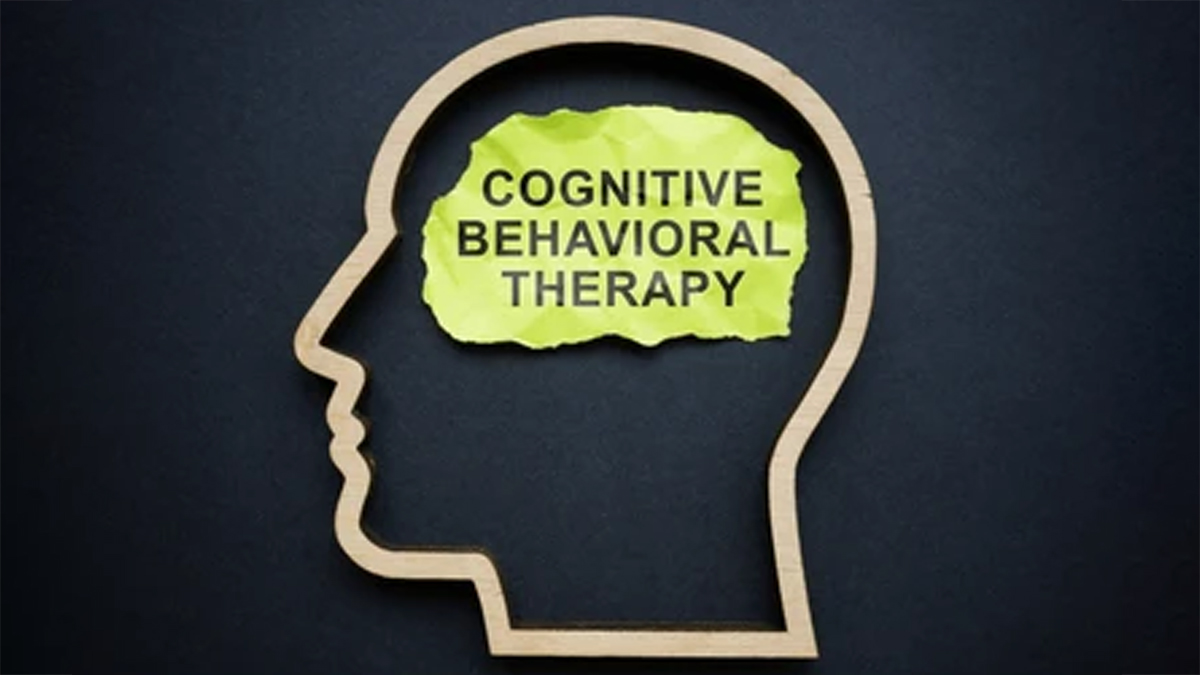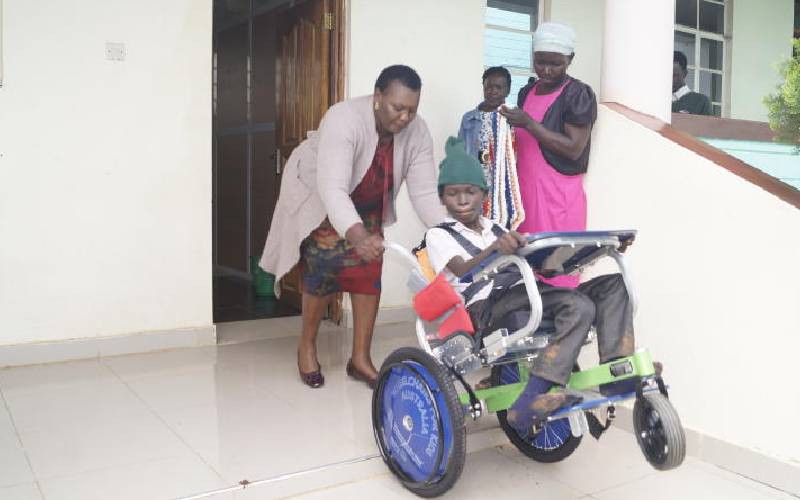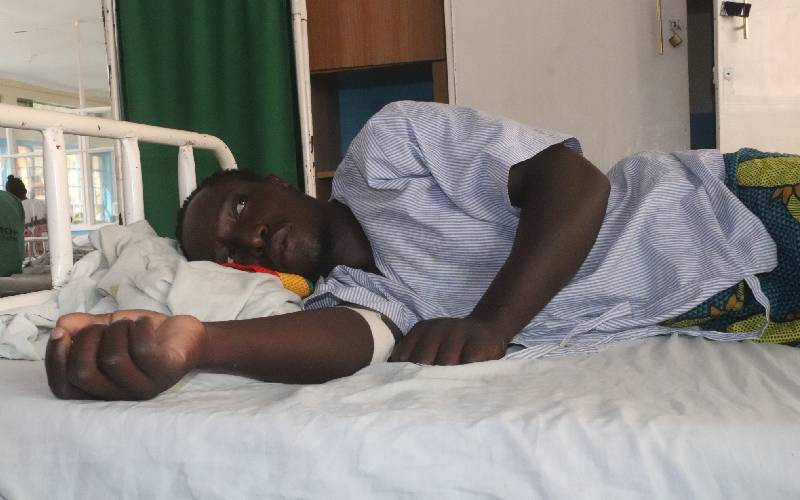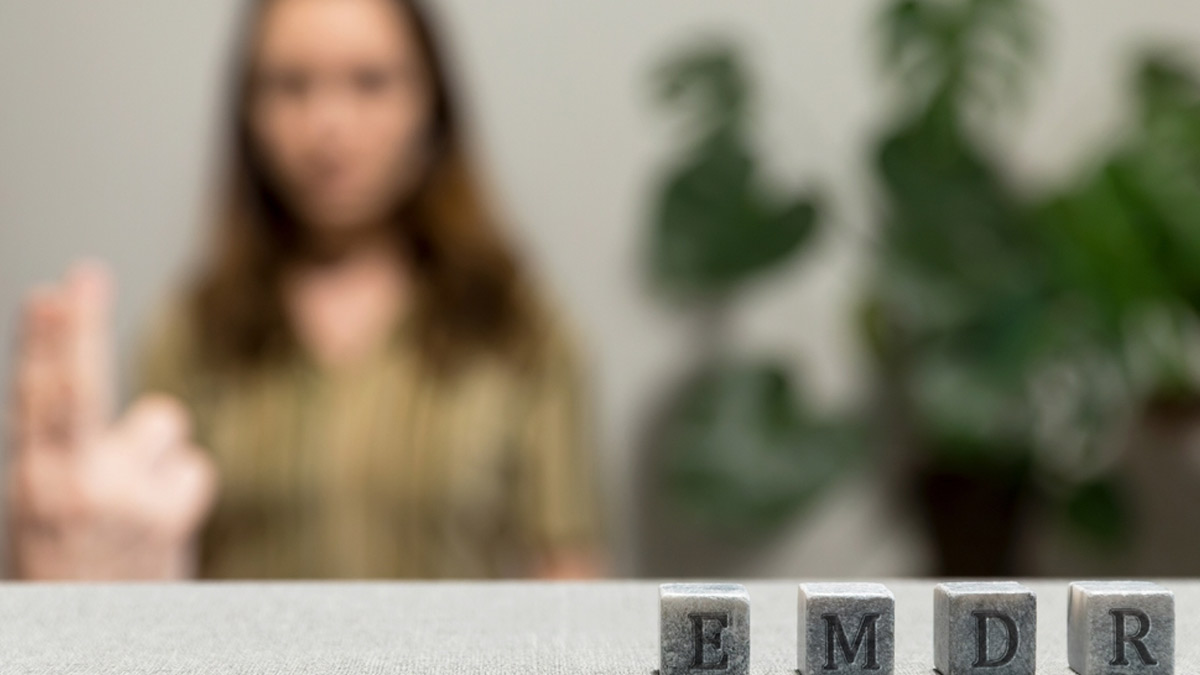
In recent years, there's been a growing focus on providing evidence-based interventions for neurodiverse children, including those with Autism Spectrum Disorder (ASD), Attention-Deficit/Hyperactivity Disorder (ADHD), and developmental differences. Among the many interventions available, behavioural therapies, such as Applied Behaviour Analysis (ABA) and Cognitive Behavioural Therapy (CBT) stand out as effective methods. They differ in approach to supporting neurodiverse children in social, emotional, and learning environments.
We spoke to whoexplained behavioural therapies and their impact on children with neurodiversity.

“This applied behaviour analytic treatment is a structured treatment based on principles of learning theory and behaviourism. This type of intervention targets specific behaviours, communication, social skills, academic skills, and adaptive skills by way of reinforcing those behaviours,” said Dr Kothari. Structures include breaking down tasks into smaller steps of a complex act and teaching them through repetition, prompting, and reinforcement.
ABA intervention is one of the most common tools employed in the services of children with autism. It is usually given one-on-one, and more often than not, it is adjusted considering a child's needs, goals, and developmental stage. The success of the ABA intervention method, however, is mainly due to its reliance on data. Therapists keep track of the child's progress and make modifications in procedures and techniques depending on actual behaviour and results.
Critics of ABA have also pointed out that it can get too rigid and structured to be used properly. In response, contemporary ABA shifted towards child-centred and play-based therapies that advance not only compliance but the more important concepts of engagement and emotional well-being.
Top Stories

“Another evidence-based treatment that focuses on the relationship between thoughts, emotions, and behaviour is Cognitive Behavioral Therapy (CBT). The usual target for CBT has been anxiety, depression, and mood disorders. However, it has been shown to successfully adapt to neurodiverse populations, especially those with ADHD and high-functioning autism,” added Dr Kothari.
CBT helped kids recognise negative thought patterns and develop ways of coping with their emotional responses. It worked on problem-solving, self-monitoring, and self-control-individual capabilities that neurodiverse kids may have difficulty with. For example, a child with ADHD may remember to use calming strategies or reminders to stop and think when he feels an impulse to act because he has been trained through therapy to identify triggers of his impulsive behaviour.
Another key strength of CBT is collaboration. Therapists generally work closely with the child, and often parents or caregivers are involved to ensure those strategies are practised at home. While it might be tricky to use CBT with very young children or those with major delays, CBT is a go-to with many older children and adolescents.
“ABA and CBT work differently, but they complement each other. Many therapists combine elements of both to create a personalised treatment plan. For example, ABA can help with behaviour, while CBT can build emotional awareness and resilience. Together, they provide comprehensive support for individuals, especially those with autism,” said Dr Kothari.
With the growing appreciation of neurodiversity, therapists are moulding these models on more inclusive and responsive lines. The emphasis is on implementing neuro-affirming processes to respect the identity and individuality of each child instead of fixating on the 'fixing' of behaviours.
Dr Kothari concluded. “Behavioural therapies, such as ABA and CBT, help neurodiverse children grow and thrive. When done with flexibility and evidence-based methods, these techniques boost independence and confidence. The key is personalised care and family support, focusing on each child's potential rather than their challenges.”
[ This article contains information provided by an expert and is for informational purposes only. Hence, we advise you to consult your professional if you are dealing with any health issue to avoid complications.]












